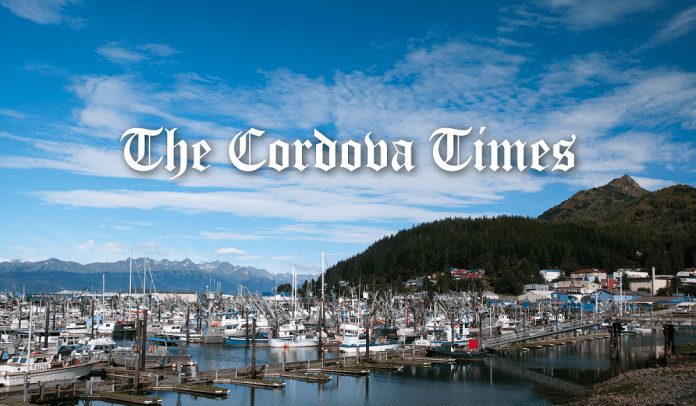Federal fisheries managers are taking another look at what to do about the demise of Bristol Bay red king crab, a fishery shut down for the second year in a row by Alaska fishery managers.
Staff of the North Pacific Fishery Management Council has been tasked with reviewing an analysis of an emergency rule request to prohibit pelagic trawl, pot and hook and line fisheries in the Red King Crab Savings Area and Subarea from Jan. 1 through June 30 of the coming year.
The Bering Sea community of Saint Paul on Tuesday, Oct. 18 issued a statement noting that Saint Paul’s economy is about 90% dependent on the snow crab fishery. Activities associated with the harvest and delivery of crab to Trident Seafoods’ shoreside plant for processing is the primary source of municipal taxes and local revenues, underpins other fishery and business activities and sustains harbor and other fisheries-related infrastructure built on the island at considerable federal, state and local expense since the phase-out of the commercial fur seal harvest in 1984, city officials said. In normal years the city collects on average about $2.7 million in fisheries taxes. In 2023 it will collect about $200,000, they said.
“This disaster will make it very challenging for CBSFA to fulfill CDQ program objectives for Saint Paul Island, including funding many of the community infrastructure, educational, research and social programs CBSFA supports,” said Ray Melovidov, chief operating officer for the Central Bering Sea Fisheries Association.
The council said in its newsletter this month that it would review the staff comments on the National Marine Fisheries Service’ analysis of the emergency rule request at its December meeting in Anchorage.
Despite pleas for at least a small snow crab fishery from Alaska Bering Sea Crabbers and harvesters, the Alaska Department of Fish and Game (ADF&G) also closed the snow crab fishery in the Bering Sea/Aleutian Islands for 2022-23 due to low stock abundance. An initial review of the snow crab rebuilding plan is included on the NPFMC agenda for the December 5-13 meeting at the Hilton Hotel in downtown Anchorage, along with a review of work by the Alaska Bycatch Task Force and a discussion of chum salmon bycatch. The council selected draft alternatives for the snow crab rebuilding plan at its meeting this past June.
At its October meeting the council reviewed and approved the final 2022 Bering Sea/Aleutian Islands stock assessment and fishery evaluation report. The report describes how the status of a crab stock is determined based on a system of five tiers, differentiated by the amount of information that can be generated in a stock assessment.
The council encouraged formation of a working group to develop a framework for how to estimate the magnitude of unobserved mortality for crab stocks and how these estimations may be utilized in Bering Sea/Aleutian Islands crab stock assessments.
The council’s scientific and statistical committee noted during the October meeting that Saint Matthew blue king crab stocks are growing as expected under its rebuilding plan. Pribilof Islands blue king crab is also under a rebuilding plan.
The council took final action to implement electronic monitoring (EM) on pelagic trawl Pollock catcher vessels and tenders who deliver to shoreside processors in the Bering Sea and Gulf of Alaska. That program is designed to use EM for compliance monitoring, meaning that EM video data does not directly feed into catch accounting or stock assessments. Instead catch accounting uses industry-reported data verified through EM and data collected by shoreside observers. This is a voluntary program in which vessels request entry each year. Vessels not within the trawl EM program remain under full observer coverage or partial coverage, carrying an at-sea observer. Vessels who participate in the trawl EM program are required to use EM on all trips using only pelagic trawl gear and all trips using multiple gear types remain in the observer selection pool.






